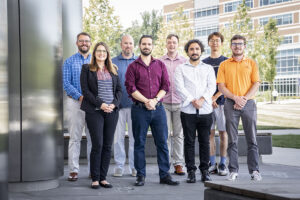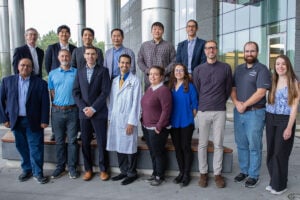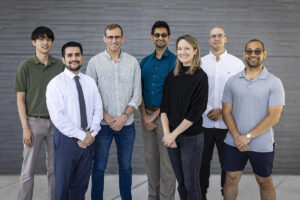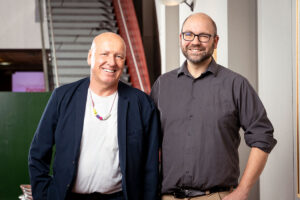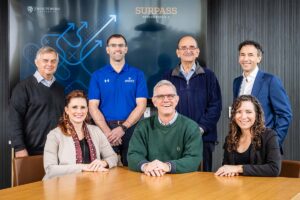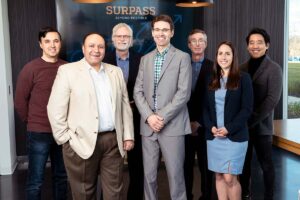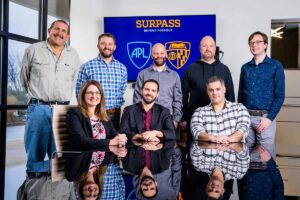Below is an archive of the teams selected for each cycle of the SURPASS Initiative. Select a range of years to view the selected teams for that 18-month award period, and click on a project’s name to expand its details.
Some projects have been selected to receive follow-on funding after their initial award period, and therefore may appear in more than one cycle.
